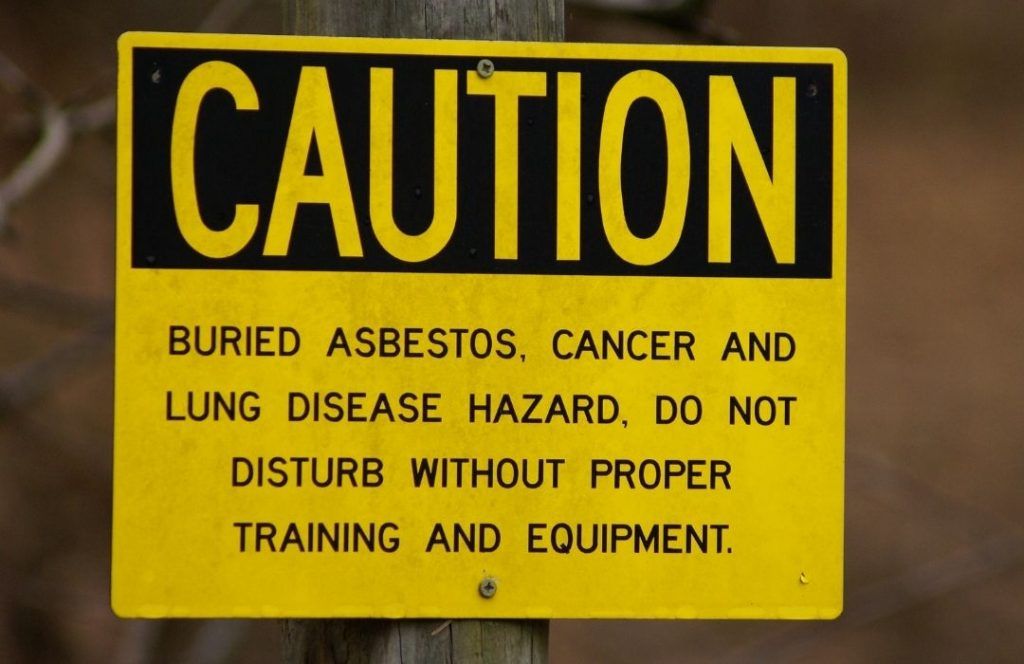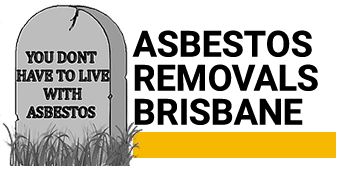

What Are Asbestos Exposure Symptoms?
Though asbestos was banned in Australia in 2003, plenty of people are still facing health issues years later – whether it’s by accidentally incurring a high-level exposure through renovating or having health problems pop up decades after exposure. At Myers Asbestos Removal, we often have people calling to ask ‘What are asbestos exposure symptoms’ and whether they’ve been exposed by undertaking renovation work. Typically, one-time exposure to asbestos rarely results in long term health conditions, but problems can occur if the exposure level is high enough and with loose asbestos. We often find that asbestos-related problems are a result of consistent exposure, including high-risk jobs in construction and people living in homes built in the 80s and 90s. In today’s article, we take a look at ‘What are asbestos exposure symptoms’ and what you should do if you’re experiencing them.
What are asbestos exposure symptoms?
Asbestos poisoning symptoms (asbestosis) include:
Shortness of breath
Inhaled asbestos fibres can irritate the lining of your throat, which can then cause shortness of breath. This is because the fibres can cause scar tissue to form, making it harder to breathe as the lungs are narrowed. This is often one of the first asbestos poisoning symptoms and is usually accompanied by wheezing and a persistent dry cough.
Wheezing
Asbestos fibres are known to cause inflammation to lung tissue, leading to long-term wheezing. This usually has a whistle like sound and may occur when a person takes a deep breath. Wheezing is often paired with other lung conditions such as a dry cough and it can be characterised by a shrill whistle or coarse rattle.
Fatigue
Fatigue on its own isn’t usually a sure sign of asbestosis, but more so when paired with one or more of the respiratory symptoms and swollen fingertips. This also might be an indication that a person has mesothelioma, which is progressively worse than asbestosis. Considering fatigue is a common symptom of many types of infections and diseases, it’s not usually the first indication of asbestosis.
Persistent dry cough
As asbestos fibres are an irritant, a persistent dry cough is one of the most common asbestos inhalation symptoms. This can be a sign of mesothelioma as well. If a dry cough has lasted for years and asthma isn’t the culprit, it’s worth having a doctor to conduct some checks just in case fibres are present.
Swollen fingertips
Swollen fingertips or ‘clubbing’ are a common symptom of asbestosis and is especially concerning when paired with respiratory symptoms. This is found to be present in approximately 50% of asbestosis cases and is characterised by large swelling in the fingertips which is a result of fluid accumulating.
Diagnosis of asbestosis
Asbestosis can only be determined by having x rays or CT scan taken and obtaining a history of where you might have been exposed. If your results indicate asbestosis, you’ll likely then be referred to a lung specialist to work out a treatment plan to ease the symptoms. Though there is nothing available to cure asbestosis, your asbestos inhalation symptoms can be eased with treatment and medications that will improve your quality of life.
Interested to Learn More?
We hope our article on ‘What are asbestos exposure symptoms’ has answered all your questions about asbestos exposure. If you think your home may contain asbestos, contact the asbestos inspection and assessment team from Myers Asbestos Removal for a FREE Quote Online or by calling 0412 314 588 to arrange an inspection today. Remember, there’s no such thing as a safe level of asbestos, so be sure to have your home checked to prevent asbestos-related illnesses.
